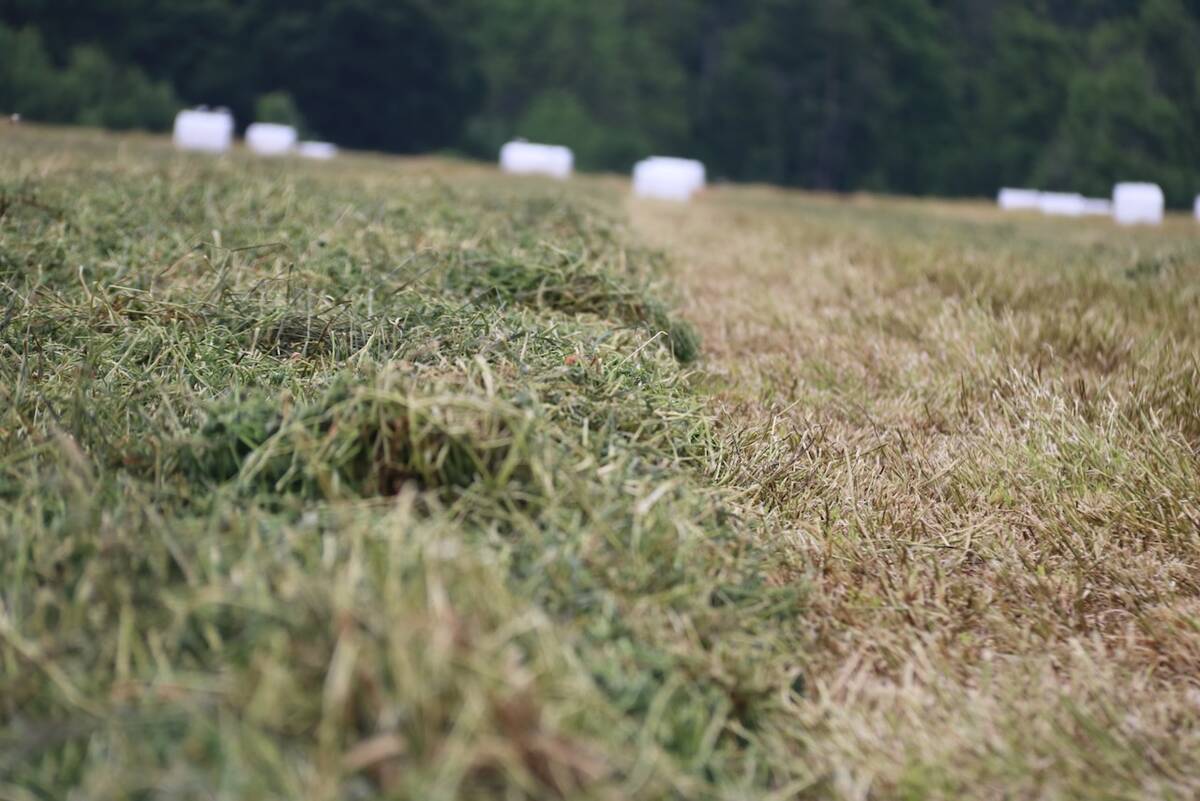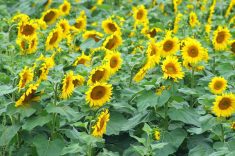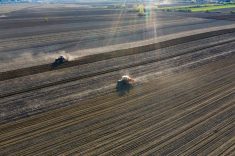When you’re growing soybeans, it’s best to start out with a clean field.
Re-plant herbicides are essential to soybean production, says Dr. Nasir Shaikh, provincial weed specialist with Manitoba Agriculture, Food, and Rural Initiatives’ (MAFRI’s), Crops Knowledge Centre. “With lot of growers moving towards zero or minimum tillage, this is the only option for controlling weeds early in the season, allowing for not only a clean, weed-free seedbed, but also for better crop establishment and vigour,” says Shaikh.
“Glyphosate is a very effective, non-selective herbicide with almost zero residual activity,” said Shaikh. “However, with extensive use of this herbicide, both pre-plant and in-crop (on Roundup Ready crops), it’s resulted in weeds developing tolerance or resistance.
Read Also

New high-performance forage training program to launch in 2026
A new Canadian Forage and Grasslands Asssociation high-performance forage program will be a resource for farmers, agronomists and others in the forage sector.
“As such, it’s become a necessity to use pre-plant or even in-crop herbicide as tank mixes of two or more herbicides over single-product application.”
Looking at it from the resistance management point of view, it is increasingly vital to use two or more modes of action (different chemical groups) for better weed control. Tank mixes can serve as an addition to post-emergent knockdown herbicides.
Mike Cowbrough is the Ontario Ministry of Agriculture and Food (OMAFRA) weed management lead. Cowbrough says, “Both public and private sector research has shown soybean yields are optimized when the soybean crop can emerge in a weed-free environment.”
In conventional tillage cropping systems, Cowbrough says, “This may be achieved through the use of tillage to control weeds.
“In direct-seeded cropping systems, a pre-plant burndown is usually required to deal with emerged weeds prior to planting. Once the crop has emerged, soybean yields are maximized when the crop is kept weed-free from the first to the third trifoliate stage.”
Cowbrough says, “If you grow soybeans and have had all or any of Canada fleabane, common ragweed, or giant ragweed growing in your fields, the use of pre-plant herbicide tank-mixes will be your best chance at achieving good control of these weeds.”
For these crops, Cowbrought says, “The germination periods can be long and seed can germinate from deeper in the soil, contributing to the species being able to more effectively escape herbicide applications.”
Glyphosate resistant populations of all three species exist in Ontario. †














